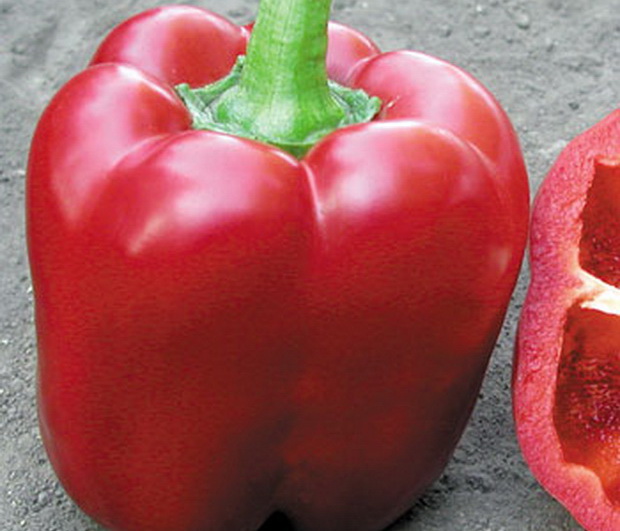 Many love sweet aromatic pepper, both fresh and in various dishes, because it gives an unrivaled taste to culinary masterpieces. In addition, it also contains many useful vitamins and minerals for the body, and is shown even with dietary nutrition.
Many love sweet aromatic pepper, both fresh and in various dishes, because it gives an unrivaled taste to culinary masterpieces. In addition, it also contains many useful vitamins and minerals for the body, and is shown even with dietary nutrition.
But here is how not everyone knows how to grow it in their own area, and yet it is much tastier from its garden.
Content
Grade description
The “Butuz” pepper variety is a mid-early variety; the first crop ripens 120-130 after germination. It is listed in the state register of the Russian Federation as suitable for planting in open soil and in greenhouse conditions. This means that it can be grown even in regions with a harsh climate. In addition to Russia, they plant it in Ukraine and Moldova.
Belongs to high-yielding varieties, from 1 m2 you can collect about 6-7 kg of pepper, in greenhouse conditions, these figures increase. It has sprawling bushes, the height of which reaches 0.7-0.8 m, the stem is powerful, abundantly covered with leaves of standard size, they have a dark green color.
Fruits of a cylindrical shape, at the stage of technical maturity, are light green in color, they can be collected and eaten at this time, or stored until fully ripened. This is a huge plus if pepper is grown for marketing, because in this case the shelf life is increased. At the onset of biological maturity, it turns bright red. On average, the weight of the fruit varies from 150 to 200 grams, the walls of pepper are 0.7-0.8 cm thick. The flesh is fleshy, crispy and very juicy.
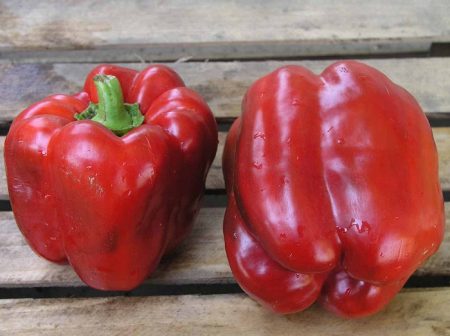
Butuz pepper can be eaten fresh, added to salads, as well as to various dishes. After heat treatment, its taste and beneficial properties do not deteriorate. It is suitable for freezing for the winter, and the preparation of various preservation.
Like any Butuz variety, there are pros and cons:
Advantages
- Excellent presentation.
- Great taste.
- To be stored.
- It tolerates transportation well.
- The variety is resistant to common diseases.
disadvantages
Cultivation and care
Seedling planting
This variety is sown for seedlings in February, for this you will need containers or cups with a volume of 200 ml. Land can be purchased at a gardening shop or made independently from soil from a site, peat, sand, turf land and humus. This mixture must be decontaminated by spraying with a weak solution of fungicides or calcined in an oven at a temperature of 1000 C.
If seeds are harvested from last year's harvest, they must be tested for germination. To do this, they are put in a 5% aqueous solution of salt and wait 5 minutes, those that have surfaced are empty, and those that drowned are good. Having selected their germinating seeds, they are etched in manganese. Putting it in the prepared solution for 20 minutes in a bag made of gauze. After this, the seeds should be washed and dried. In order for the seedlings to appear faster, the seeds are left in the growth stimulator for 12 hours.
When planting seeds on seedlings, the depth of the hole should not exceed 2 cm, otherwise the first seedlings will not appear soon. After planting seeds in the soil, watering is mandatory, for this use warm, settled water. Then the container with them is covered with a film, to create a greenhouse effect. The optimal room temperature is 25-28 degrees.After seedlings hatch film is removed. Daylight hours for seedlings should be at least 12 hours, so when it gets dark outside, turn on a pre-installed daylight lamp.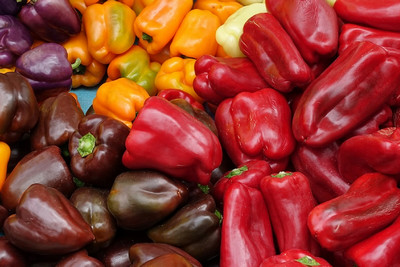
The soil must be periodically loosened, for example, using a plastic fork. The first 14 days of seedlings need daily watering, but not plentiful. Then it is recommended to feed young seedlings, for this you can use mineral fertilizers. If the seeds are planted in a common container, when two of these leaves appear, a pick is necessary. This must be done carefully so as not to damage the fragile plant.
Bedding
“Butuz” is transferred to the greenhouse in early May, to open soil in early June. The holes are dug at a distance of 40 cm, while the gap between the rows should be at least 60 cm. Before planting seedlings, humus is introduced into the wells and irrigated with warm water. Pegs are also digged in with the seedlings in order to tie peppers in the future.
During the season, the bushes are fertilized 2-3 times with mineral fertilizers or organics. Watering is mandatory 1-2 times a week, but it is not worth it to moisten the soil very much.
Disease and weather resistant
This variety tolerates the deterioration of weather conditions, but in any case it will affect the crop.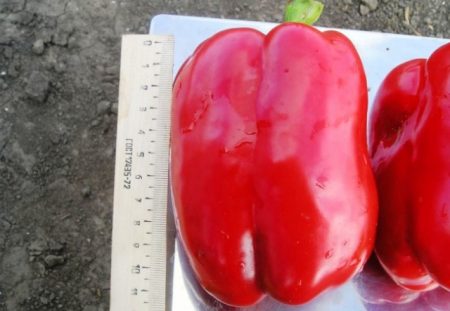
It is resistant to many common diseases, but for prevention it is better to treat it with fungicides several times, with a ten-day interval. The first treatment should be done 14 days after disembarkation at a permanent place. Insecticides are used to prevent pests.
Reviews
Yaroslav 55 years Ufa
In our family, everyone just loves sweet pepper, so we plant it a lot. We grow up in the greenhouse, in that year we tried for ourselves a new variety “Butuz”. I was glad that not a single bush was ill, since they were not treated at all, even for prevention. A good harvest was made, and they themselves ate and passed it on to the children, plus they also froze for the winter, I really like to add pepper to the first courses. Yes, and canned several salads and slices in brine. I was pleased, next year I will definitely land.
Anatoly 63 years
I’ve been planting Butuz for several years, during which time the plants have never been sick. Of course, I carry out prophylaxis, but, as you know, it does not always save. I grow seedlings myself, it turns out strong and healthy. The fruits are large, the palatability is excellent, my wife perfectly closes the whole pepper for the winter, I’m ready to sell my soul for it. Yes, I love stuffed very much, but from this variety it turns out very tasty.
https://youtu.be/5MQd3cQvNjY
Conclusion
Butuz is certainly a bit capricious in leaving, but those who grow it no longer pay much attention to it. Indeed, many gardeners and experienced agronomists loved the juicy and tasty fruits of this variety. It’s worth showing a little patience and providing favorable conditions for “Butuz” and you can get an excellent harvest.

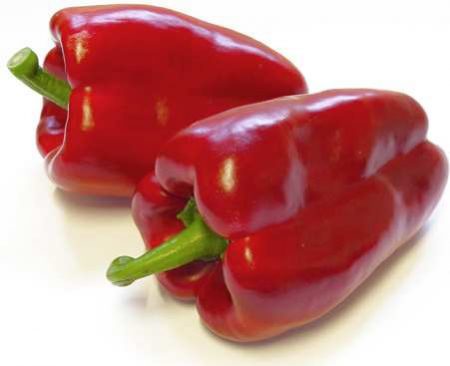



 Calorie pepper stuffed with meat and rice - BZHU per 100 grams
Calorie pepper stuffed with meat and rice - BZHU per 100 grams Gorky pepper - the best varieties for open ground
Gorky pepper - the best varieties for open ground Hot pepper seeds - the best varieties for open ground and reviews
Hot pepper seeds - the best varieties for open ground and reviews Capsicum tincture for hair - how to use and reviews
Capsicum tincture for hair - how to use and reviews